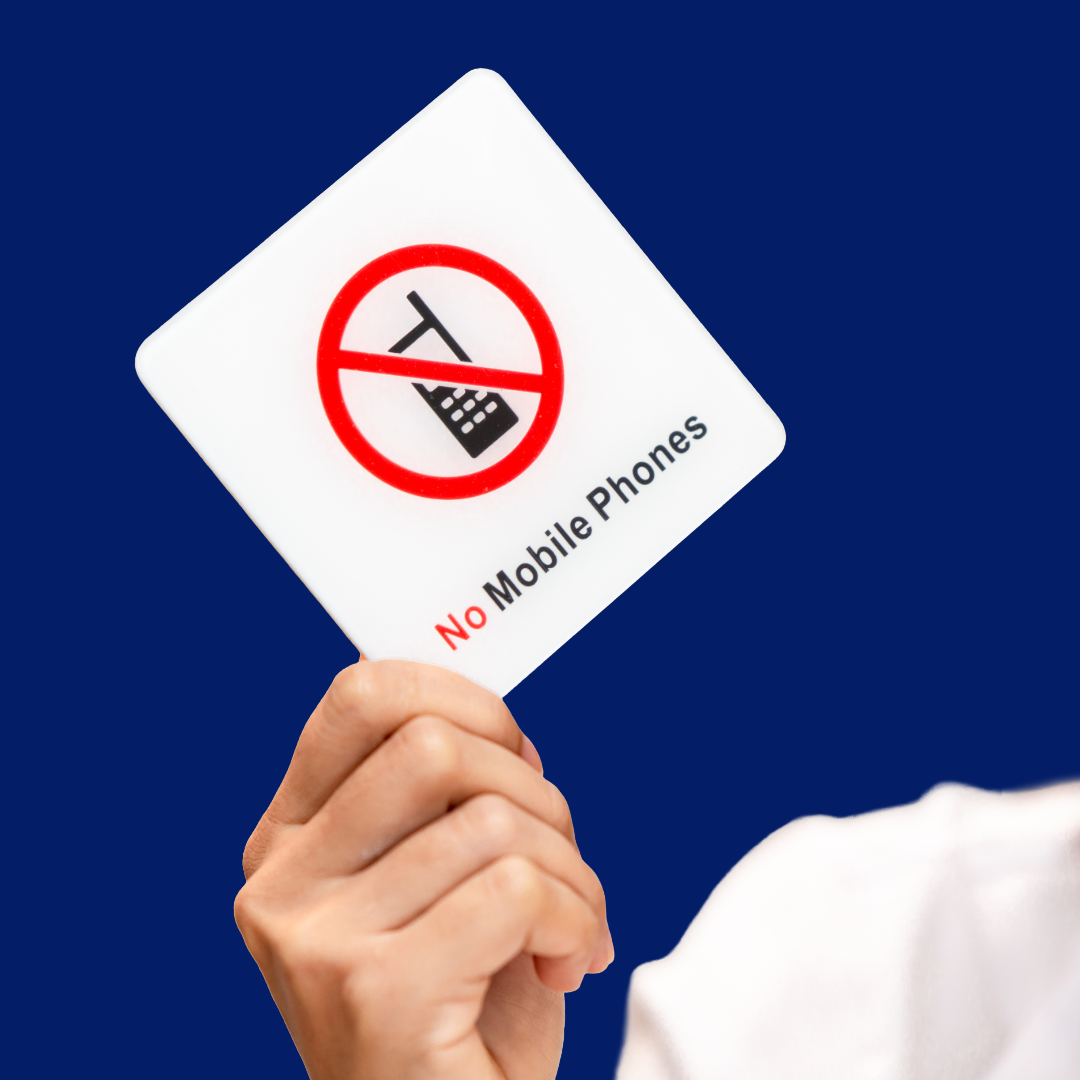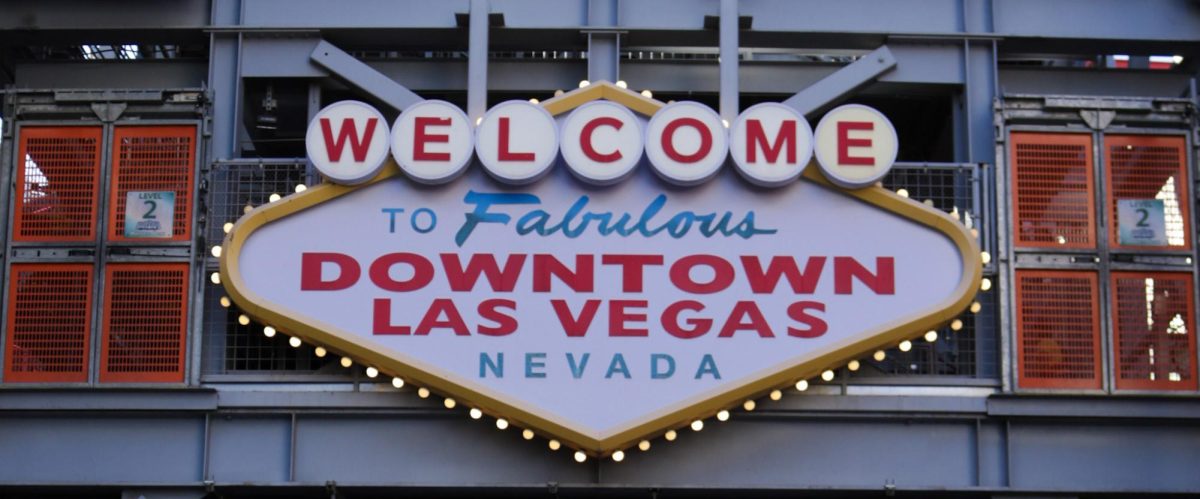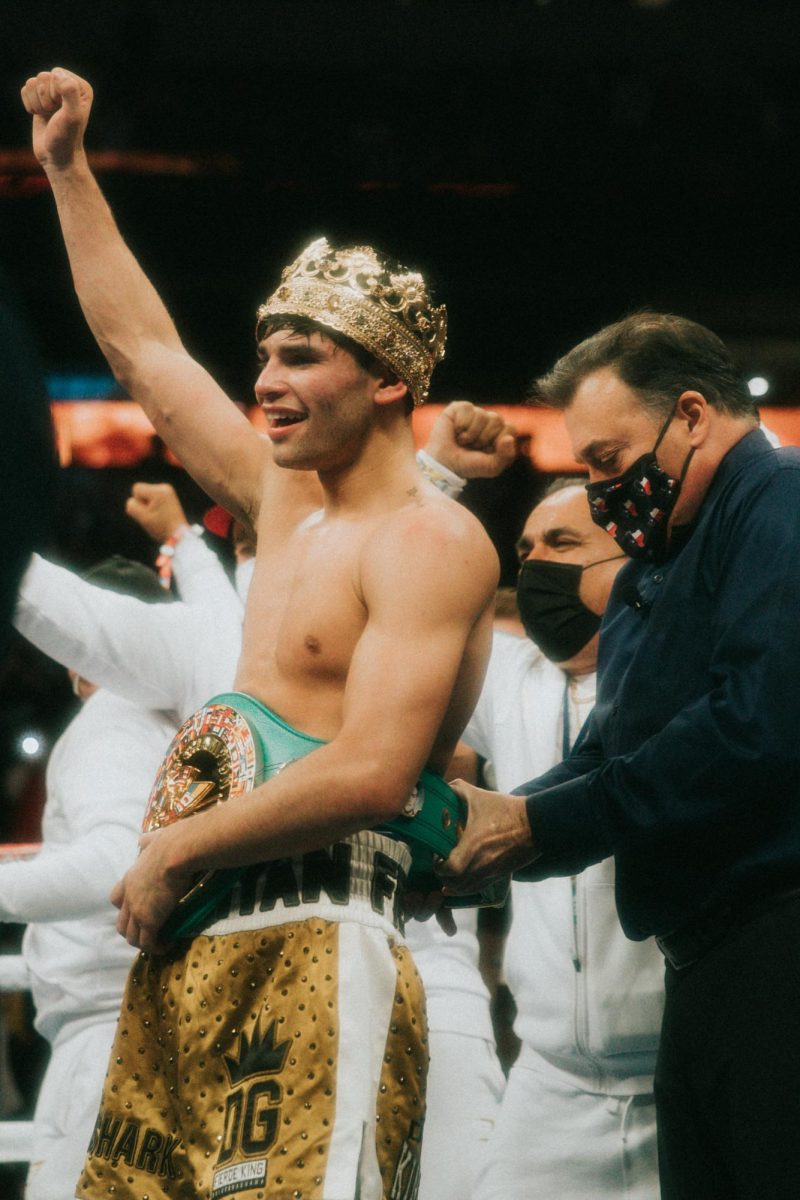The Beginnings of Inventions
October 27, 2022
The Invention of the Light Bulb
The inventor of the first commercially incandescent light bulb was Thomas Edison. Although there were many inventors of incandescent lamps before Edison, he was able to make his invention of the light bulb last much longer, which is why he is credited for the invention of the light bulb. According to Bulbs.com, on October 14, 1878, Edison began the research of figuring out how he could create the invention of a practical incandescent lamp. After many months of research, Edison discovered that carbonized bamboo filament could last up to 1200 hours. This discovery led to the beginning of the first commercial light bulb in 1880.
The Invention of the Mobile Cell Phone
The first mobile cell phone was invented in 1973 and cost around $4000. This cell phone resembled a brick and weighed over 2 pounds. In 1989, the Motorola MicroTac was able to help the company make flip phones to fit inside a shirt pocket. The inventors’ John F. Mitchell and Martin Cooper worked for the company Motorola. It took them 10 years to make the public announcement of the new invention of the cell phone. In the 2000s, Nokia, another technology company, created the first cell phone to fit in the palm of one’s hand. According to Insider.com, in 2002, Sprint created the first cell phone to include a camera. The camera, and the quality of the camera, improved with time. In 2007, the first iPhone was made, which introduced a touchscreen to the public.
The Invention of Television
The basis of changing light into an electric signal was an accidental discovery. According to Britannica.com, in 1872, an English telegraph worker named Joseph May discovered selenium wire varied in its electrical conductivity. In 1880, a French engineer, Maurice LeBlanc, invented a scanning mechanism that transmitted images onto a screen line by line. John Logie Baird and Charles Francis Jenkins further helped with the concept of television. Jenkins sent a still picture by radio waves in 1922 and Baird transmitted a live human face onto television in 1925. In 1908, Scottish electrical engineer, A.A. Campbell Swinton, discovered that in order to avoid flickered images on television, the spinning disks used in televisions should be replaced with two beams of cathode rays, which was a successful invention. The first successful television was demonstrated in San Francisco on September 7, 1927. It was created by a 21-year-old inventor named Philo Taylor Farnsworth, who didn’t have electricity in his house until he was 14. In 1923, RCA, a radio company in the United States at the time, helped with the production of workable electronic television systems. In 1939 at the New York World’s Fair, President Franklin D. Roosevelt was the first U.S. president to be televised. According to Facts.net, many years later, Mexican electrical engineer Guillermo González Camarena and Scottish inventor John Logie Baird helped with the invention of color television.





















